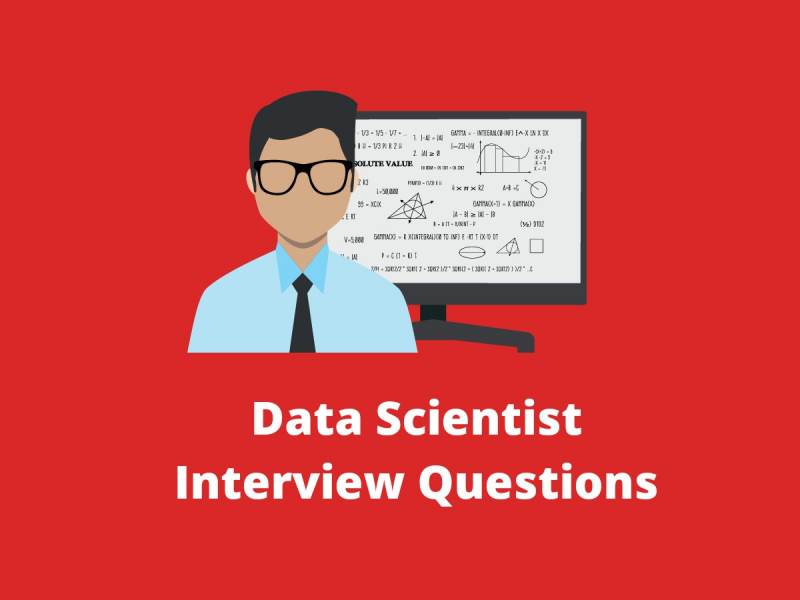A data scientist is an individual who is responsible for collecting, analyzing, and interpreting large information regarding data to identify techniques. It will help a business to improve operations and reach greater heights in comparison to the competitors in the market. The ultimate role of a data scientist is to troubleshoot problems in different areas such as machine learning, predictive modeling and also provide visions and understandings beyond statistical analysis.
Some of the basic programming languages preferred by a data scientist are Python, R-Programming, SQL coding, Hand-loop platform, etc. A number of multinational companies these days are looking for individuals to help them grow in their business. Thus, such companies ask a variety of data scientist interview questions to not only freshers but also experienced individuals wishing to showcase their talent and knowledge in this field. Here are some important Data scientist interview questions that will not only give you a basic idea of the field but also help to clear the interview.
Practice Best Data Scientist Interview Questions and Answers Here
Practice Here the best Data Scientist Interview Questions and Answers for the best preparation of the Data Scientist Interview. These Data Scientist Interview Questions are very popular and asked various times in Data Scientist interviews. So, practice these questions to check your final preparation for your interviews. apart from this, you can also download below the Data Scientist Interview Questions PDF completely free.

